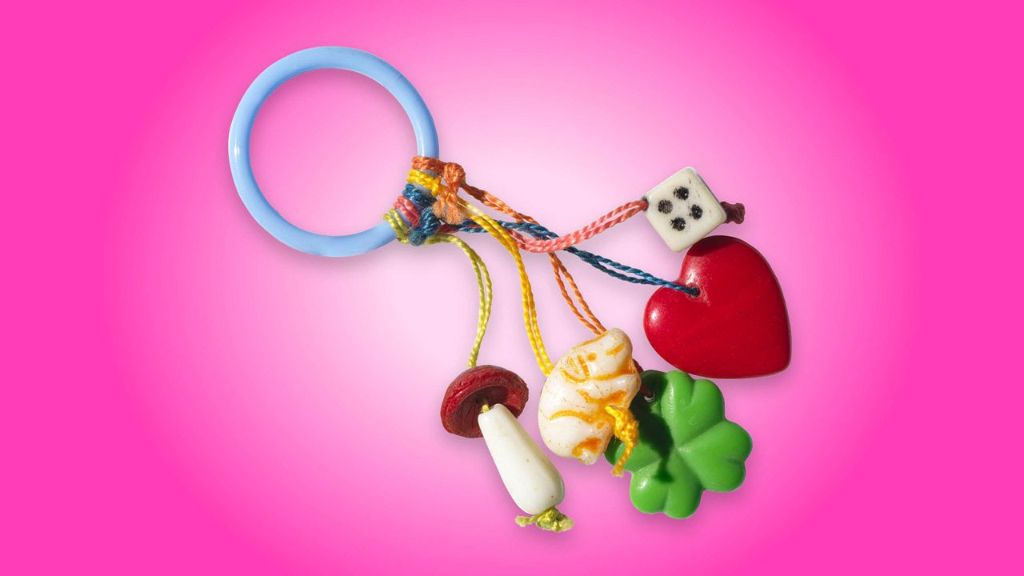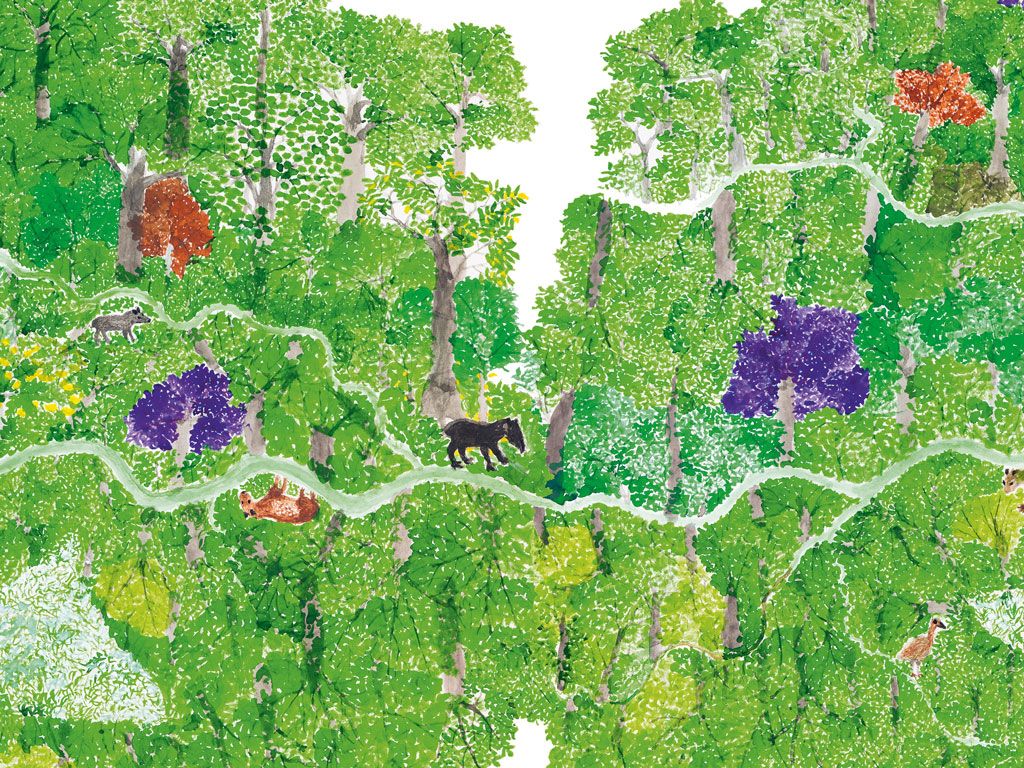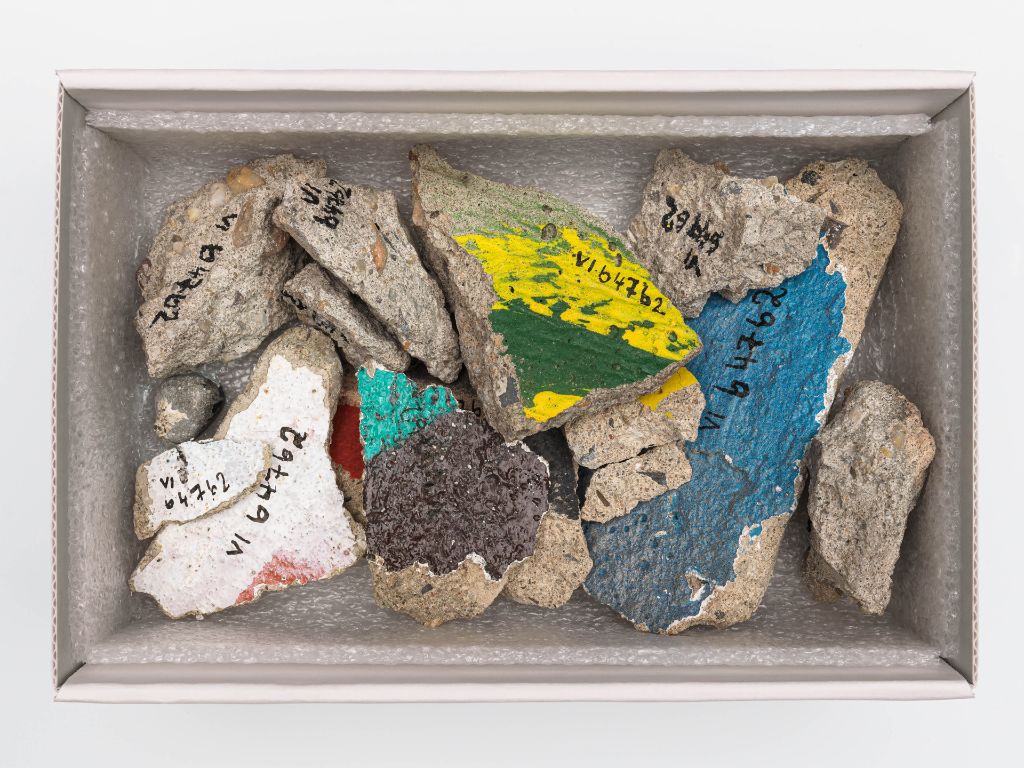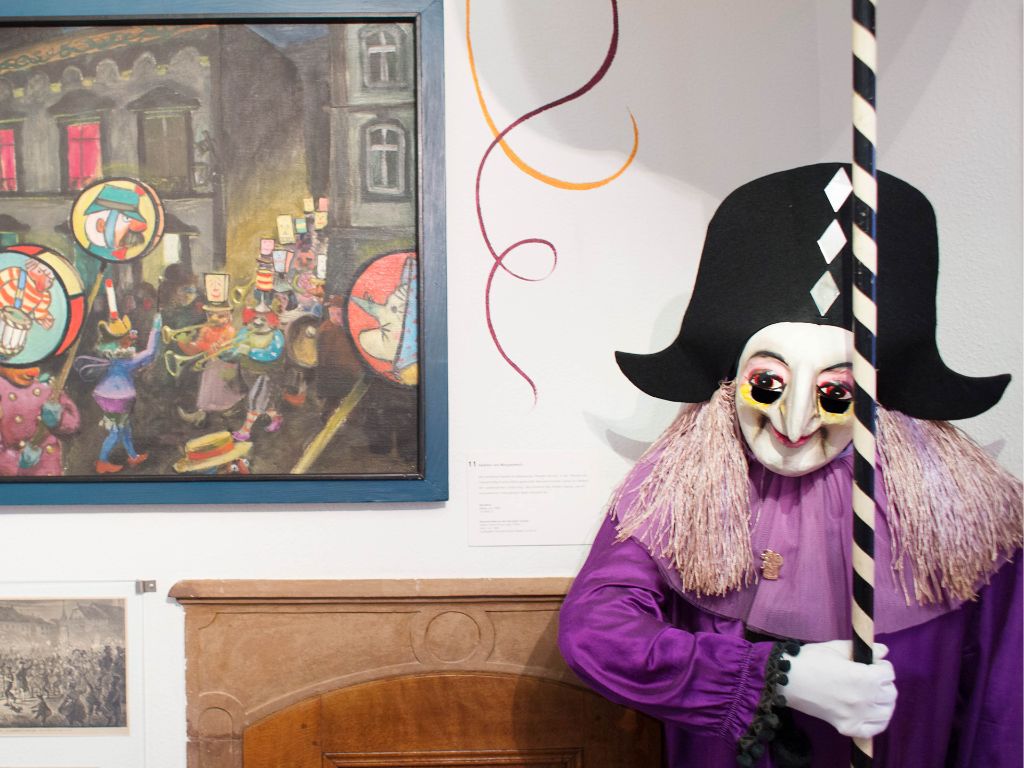
Works from the museum’s own collections, the Kunstmuseum Basel, and the Emanuel Hoffmann Foundation are juxtaposed and set in relation to one another, including art works by Paul Klee, Jan Brueghel senior, Lyonel Feininger, Wassily Kandinsky, Barnett Newman and Fischli/Weiss. Among other things, they reveal their creators and makers are intertwined with the worlds they inhabit.
The focus is on the following themes: relationships, orientation, traces, and imaginations. Old European masters, African masks, Asian shadow plays along with an orator’s stool from Oceania tell about the multitude and variability of relationships. The exhibits reflect relations of humans amongst each other, with the animal world, as well as with ancestors who, in turn, exert influence on human life.
Orientation
Mobility, both mental and physical, has always been an issue for humans. It’s all about findings one’s bearings in the world. For orientation people often rely on charts and illustrations, for example, in the shape of a Micronesian stick chart, the painting Rich Harbour (a travel image) by Paul Klee, or a Tibetan thangka.
Wherever people travel, live and work, they leave traces in the landscape – for example with ploughs. A series of artworks not only depict cultural landscapes but also scenes of industrialization and environmental degradation. A war rug from Afghanistan and an arpillera, a patchwork picture from Chile, testify to traces of a quite different nature: humans seem bent on destroying the world through war and suppression, through their craving for power.
Finally, large paintings and textiles from across the world show how humans immerse themselves in imaginary, surreal or cubist worlds, forests, and cities and render them artistically.
The exhibition at the Kunstmuseum Basel (27.11.2021–24.4.2022) deals with “spiritual worlds” and centres on the human spirit and how it lends meaning to the world through belief and religious imagery.
.svg)



